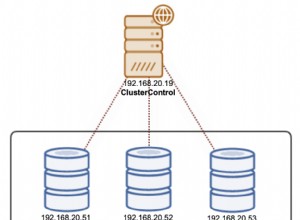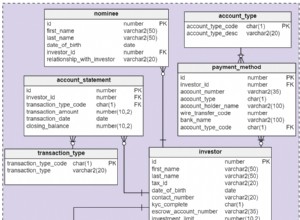Il existe peut-être des solutions plus simples pour y parvenir, mais voici un moyen.
Structure du tableau
create table Locations(LocationID int, Location varchar(50))
create table OtherTable(ID int, Locations varchar(max))
Données de test
insert into Locations values(1, 'Location <1>')
insert into Locations values(2, 'Location <2>')
insert into Locations values(3, 'Location <3>')
insert into Locations values(4, 'Location <4>')
insert into Locations values(5, 'Location <5>')
insert into OtherTable values (1, '')
insert into OtherTable values (2, '2')
insert into OtherTable values (3, '1, 3 ,5')
Requête
;with cte as
(
select
T.ID,
coalesce(L.Location, '') as Location
from OtherTable as T
cross apply
(select cast('<r>'+replace(T.Locations, ',', '</r><r>')+'</r>' as xml)) LocXML(XMLCol)
cross apply
LocXML.XMLCol.nodes('r') LocID(IDCol)
left outer join Locations as L
on L.LocationID = LocID.IDCol.value('.', 'int')
)
select
C1.ID,
stuff((select ', '+C2.Location
from cte as C2
where C1.ID = C2.ID
for xml path(''), type).value('text()[1]', 'nvarchar(max)'), 1, 2, '') as Locations
from cte as C1
group by C1.ID
Résultat
ID Locations
--- ----------------------------------------
1
2 Location <2>
3 Location <1>, Location <3>, Location <5>




